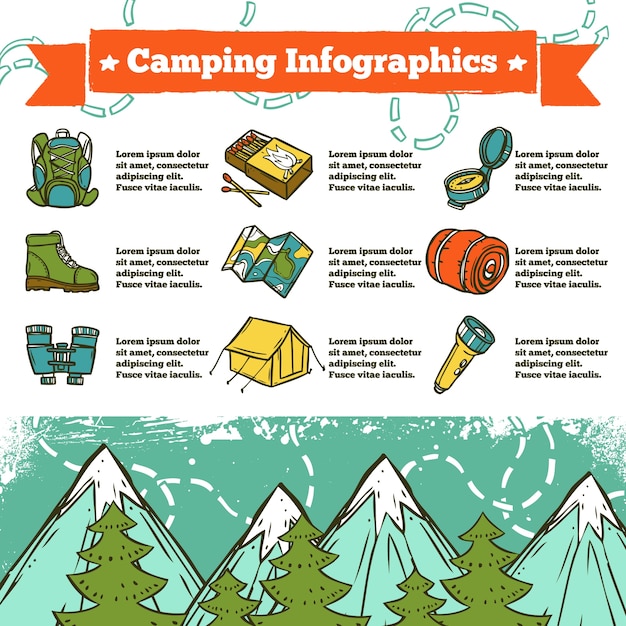If you camp consistently in areas with rocks or sharp downed branches or merely dislike storing a wet, muddy camping tent, after that a footprint is definitely worth taking into consideration. Impacts are also reasonably affordable contrasted to a new outdoor tents.
How do you dry a tent fast?
Lots of camping tent makers use their very own certain footprints, which are cut to the exact size of the tent flooring. Nonetheless, you can make one on your own with a lightweight fabric like polycryo or tyvek.
Weather
Whether or not you require an impact actually relies on the problems you'll be camping in. If you're backpacking in an area where the ground is usually wet (it's pretty much unavoidable), a camping tent footprint can be a beneficial enhancement to your set, as it will certainly avoid your outdoor tents floor from coming to be soaked.
However, if the impact is too large it can serve as a moisture catch and potentially permit water to pool under your outdoor tents. This can be prevented by making sure the impact is reduced a little smaller sized than your camping tent on all sides.
Generally talking, it's best to obtain a footprint from the exact same manufacturer as your outdoor tents to guarantee a specific fit. They likewise tend to be made from thicker, a lot more resilient products than do it yourself options. They can be costly for something whose single function is to safeguard the ground below your camping tent, but it can be a rewarding investment if you respect the longevity of your equipment.
Terrain
Lots of quality outdoors tents can work well without an impact, especially those that have actually bathtub floorings constructed from resilient products. However, the terrain you trek on can have a considerable influence on exactly how swiftly your tent floor breaks. Granite pieces, sandstone and other tough surfaces use via the bottom of your camping tent much faster than grassy meadows or woodland floorings.
A footprint or ground cloth assists expand the life of your tent by serving as an obstacle in between the ground and the sewn-in groundsheet of your tent, states REI elderly sales specialist Elizabeth Nguyen. It likewise secures the tent from abrasive aspects like sharp branches and rugged rocks that could pierce or tear the sewn-in flooring. When picking a footprint for your tent, it is very important to guarantee it's a little smaller than the camping tent on all sides. This stops water from merging between the tent and footprint throughout a rainstorm, which can permeate into your tent. The very best choice for an impact is to acquire one designed for your specific camping tent, which will certainly assure a tight fit.
Outdoors Tents with Lower Deniers and Waterproof Ratings
Whether you're a laid-back backpacker or a hardcore traveler, the longevity level of your tent is an essential consideration. Camping tents created to be ultralight, approaching minimal, often trade off some degree of sturdiness in the material and products utilized.
One material specification you'll come across is denier, which describes the weight in grams of a 9,000-meter size of thread that composes the outdoor tents's cover, rainfly, and/or flooring. A greater denier specification symbolizes a lot more tough materials, while reduced numbers suggest lighter and less resilient materials.
Other specs to take a look at include floor dimensions, vestibule dimension, and indoor pockets. The previous shows the general platform tents square-footage that can be utilized for habitable space, while the latter can play a role in storage by providing an area to tuck away equipment over night and in bad weather condition. Ventilation is likewise a critical factor; as you exhale dampness throughout rest, it needs to leave, or condensation may build up within. Attributes such as mesh home windows and panels and adjustable rainfly doors help increase air flow and stop this from occurring.
The Expense
The price of a tent can impact its performance, and it is likewise essential to think about how much you can afford to spend. Backpackers looking for a light-weight sanctuary must aim for a tent with a livability rating of at the very least two stars, and when possible, 3 or more.
Livability refers to how roomy a tent feels, with clearance and floor dimensions playing a big function. Historically, backpacking outdoors tents made use of steeply sloped wall surfaces and marginal space to save weight, but modern-day products permit developers to supply more comfort while maintaining weight reduced.
Storage space is an additional element to consider, with vestibules and a quick-pitching design helping in reducing arrangement time. Additionally, the type of material layer and how the camping tent is kept can influence longevity. As an example, a PU finishing that breaks down more quickly when wet, or undergoes repeated cycles of storing and un-stowing, can substantially shorten the life expectancy of a tent. Likewise, utilizing a personalized impact rather than packing a tent in a slipshod manner will certainly also prolong its life-span.
What is a glamping trip?
